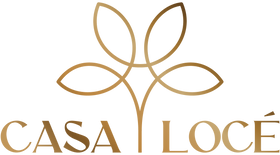Sauvignon Blanc White Wine Grapes - Characteristics & Color
Discover Sauvignon Blanc White Wine Grapes - Characteristics, Taste and Color
From its signature burst of citrus and herbaceous notes to the way it evolves in different climates, this varietal is a true chameleon in the glass.
Having explored vineyards firsthand, we’ve seen how various aspects shape every bottle. In this guide, we’ll uncover how its defining traits come to life in every bottle.
Top 5 Takeaways
-
Deep Roots, Global Appeal – This variety thrives in diverse climates worldwide.
-
Bold & Bright Flavors – High acidity with citrus, herbal, and mineral notes.
-
Shifting Shades & Aging Potential – Starts pale and deepens to golden hues over time.
-
Food-Friendly & Versatile – Pairs well with seafood, tangy cheeses, fresh greens, and spicy dishes.
-
A Story in Every Glass – Each glass reflects terroir, craftsmanship, and regional influences, making each sip a unique experience.
Its Origins
Originating in the Bordeaux and Loire Valley regions, this type flourishes even today. Its historical significance is evident not just in its rich past but also in its acceptance in numerous regions worldwide.
Over the centuries, cultivation practices for this type have undergone refinement, integrating both time-honored and contemporary viticulture methods. It adapted impressively to various climates, showcasing its versatility and resilience.
Its Unique Qualities
Terroir standards influence the bottle through environmental conditions. This impacts wine flavors. The bottle receives its final shape from key elements, combining soil type and farming techniques with climate factors.
These wines demonstrate both strong acidity and vivid aromatic characteristics because of terroir effects.
Knowing Its Taste Profile
Widely appreciated for its crisp, dry, refreshing taste, this variety often presents a high acidity level that underscores vibrant flavors.
The aroma profiles of this masterpiece largely contribute to the taste, introducing notes of green fruit like green apple, lime, or gooseberry.
Their Color Variations
Sauvignon Blanc wines exhibit a range of colors, showcasing the impact of fruit maturity, techniques, and aging processes.
Early harvesting ensures crisp flavors and high acidity, traits highly valued in this variety. Over time, they deepen in hue, mirroring shifts in flavor profile and structure.
Pairing Suggestions for Sauvignon Blanc
Its high acidity complements dishes with a bright, lively quality.
Pair them with green vegetables such as asparagus or zucchini to complement its lightly herbaceous and citrus notes.
Balance is critical when choosing dishes to pair with Sauvignon Blanc. Its vibrant acidity elevates a dish, while its unique flavor profile introduces depth and complexity.
“We have experienced firsthand how the vineyard environment influences Sauvignon Blanc flavor profiles because we walked through sunny vineyards and tasted wine on its origin. The varietal uses climate conditions combined with soil types together with maker techniques to share its tale through distinctive flavors including crisp acidity and tropical notes. A single glass of Sauvignon Blanc reveals the gradual changes of color and flavor as time passes or the regional temperature differences in its origin. When you comprehend Sauvignon Blanc, it brings satisfaction through realizing its worldwide appeal together with its sophisticated historical background and masterful flavor mixture that captures sommeliers and satisfies food enthusiasts.”

Supporting Facts and Statistics
Sauvignon Blanc’s rise in global popularity is backed by compelling data. Here’s what the numbers reveal:
1. Global Presence & Demand
-
In 2023, Sauvignon Blanc made up 4.1% of California’s total grape crush.
-
This confirms its strong foothold in one of the world’s top wine regions.
-
Consumer demand for its bright, zesty profile continues to grow.
Source: nass.usda.gov
2. Acidity & Crisp Flavor
-
Known for its vibrant acidity, creating a refreshing taste.
-
pH levels range from 3.5 to 3.7, with titratable acidity at 0.5% to 0.7%.
-
High acidity preserves its crispness, even with aging.
Source: avf.org
3. Production Growth & Popularity
-
Washington State saw a 54% increase in Sauvignon Blanc production in 2022.
-
Producers are embracing its versatility and strong market appeal.
-
Consumers appreciate its food-friendly nature and refreshing taste.
Source: washingtonwine.org
Sauvignon Blanc continues to dominate the white wine category with its acidity, dynamic flavors, and adaptability. These numbers confirm what winemakers and enthusiasts already know—every bottle tells a story of terroir, craftsmanship, and growing global appreciation.
Final Thoughts & Opinion: A Story in Every Glass
Each bottle tells a unique story shaped by climate, soil, and techniques.
Why This Varietal Stands Out
-
Versatility Across Regions – It thrives in diverse climates.
-
Balance of Vibrancy & Complexity – Young and old bottles offer unique qualities.
-
A Reflection of Terroir – The place where you grow impacts their flavor.
Finding the right bottle isn’t about following trends—it’s about discovering what resonates with your palate.
Frequently Asked Questions
What type of wine is Sauvignon Blanc?
Sauvignon Blanc is a type of white wine that originated in the Bordeaux region of France. It's known for its refreshing, dry, and crisp flavor, often with herbal and tropical fruit notes. The wine has high acidity and is typically enjoyed young.
Are Sauvignon Blanc grapes good to eat?
While Sauvignon Blanc grapes are technically edible, they are not typically eaten as table grapes. They have thick skins and are smaller than typical eating grapes, making them less appealing for casual consumption. Their primary use is in winemaking, where their unique flavor profile is greatly appreciated.
Is Sauvignon Blanc Chardonnay?
Sauvignon Blanc and Chardonnay are distinct types of wine, each made from a different grape variety. While both are white wines, they offer different flavor profiles. Sauvignon Blanc tends to be lighter and more acidic, while Chardonnay is often fuller-bodied and may have buttery or oaky flavors.
Is sauvignon a red or white grape?
Sauvignon is a white grape variety. It's used to produce Sauvignon Blanc wine, which is a white wine. Its name comes from the French words "sauvage" (wild) and "blanc" (white), reflecting its origins in the western part of France.
What grape is Sauvignon Blanc made from?
Sauvignon Blanc wine is made from the Sauvignon Blanc grape. This green-skinned grape originated from the Bordeaux region of France. It's now grown in many wine regions around the world, including New Zealand, California, and South Africa.
Is sauv blanc wine sweet or dry?
Sauvignon Blanc wine is typically dry, not sweet. It's known for its high acidity and vibrant, fresh flavors. However, there are some sweeter styles of Sauvignon Blanc, such as the late-harvest dessert wines from the Sauternes region of France.
Is Sauvignon Blanc a noble grape?
Sauvignon Blanc is considered a noble grape. These are grape varieties that have a long history of producing high-quality wines in multiple regions around the world. Other noble grapes include Riesling, Chardonnay, and Pinot Noir.
What is the difference between Sauvignon Blanc and Cabernet Sauvignon?
Sauvignon Blanc and Cabernet Sauvignon are different types of wine made from different grape varieties. While both originate in the Bordeaux region of France, Sauvignon Blanc is a white wine with high acidity and fresh, herbal flavors. Cabernet Sauvignon, on the other hand, is a red wine known for its depth of flavor, tannic structure, and potential for aging.
Is Sauvignon Blanc sweeter than Pinot Grigio?
Sauvignon Blanc is typically not sweeter than Pinot Grigio. Both wines are usually made in a dry style, but the high acidity of Sauvignon Blanc can sometimes give the impression of sweetness. That said, the specific sweetness will depend on the winemaker's style and the growing conditions of a given year.
Is Sauvignon Blanc a Riesling?
Sauvignon Blanc is not a Riesling. They are two different types of white wine, each made from a different grape variety. Sauvignon Blanc tends to have high acidity and herbal, citrus, and tropical fruit flavors, while Riesling is often more floral and can range from very dry to very sweet.
What is the sweetest white wine?
The sweetest white wines are typically made from grapes like Muscat, Gewurztraminer, or Sauternes, which can produce intensely sweet dessert wines. However, the sweetness of a wine also depends on how it's made. Some winemakers choose to leave more residual sugar in the wine, resulting in a sweeter taste.
Who makes a good Sauvignon Blanc?
Many producers make good Sauvignon Blanc. Some of the most respected include Cloudy Bay and Dog Point in New Zealand, Chateau Smith Haut Lafitte in Bordeaux, and Duckhorn Vineyards in Napa Valley. However, the "best" Sauvignon Blanc depends on personal taste.
Join us for a look into our elegant approach to winemaking and gracious hospitality. We welcome our members and their guests by appointment only. Become a member or book an event by visiting CasaLoce.com
Casa Locé
Upper Ojai California
10065 N Ojai Rd, Ojai, CA 93023
https://maps.app.goo.gl/E7YQCnXAFHq1bKz46




